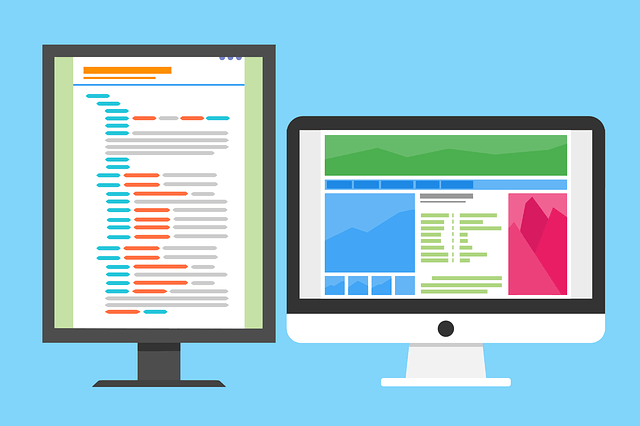
Trying to set up dual monitors on your computer? It’s very easy! Follow the step-by-step instruction below, and you’ll be able to add a second monitor to your PC setup.
Step 1: Prepare the setup
Before you start to connect your second display to your computer, you should make sure that you have all the cables needed. In addition to power cables, they should include any video cables like VGA, DVI, HDMI or DisplayPort cable (and an audio cable if necessary).



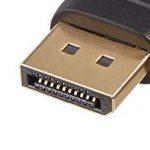
If you don’t have the match ports or if there are not enough ports on laptops
Use a pluggable 4K DisplayPort and HDMI Dual Monitor adapter to connect monitors and your laptop. It’s easily adapted USB 3.0 systems as well as equipped with dual DisplayPort and HDMI ports for easy connection to two 4K monitors. Plug this adapter and you can easily connect two monitors to your laptop.
Step 2: Set up your monitors
If everything is ready, plug the cables into their corresponding ports. (Note that if you are using a dedicated graphics card, you should plug the video cable connector to the port as the image below shows)
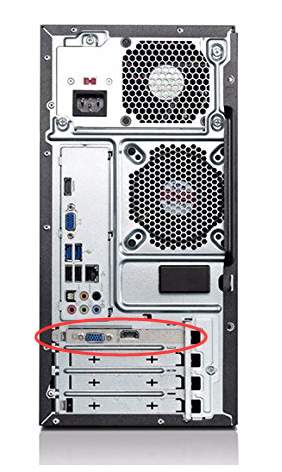
When you properly connect your monitor, power up your computer. Your computer will automatically detect the second monitor and display your desktop on it. (But what if I can’t?)
Now, you can switch display modes to change how Windows display content on your monitors. To access to display modes, press Win + P. A sidebar would appear on the left.
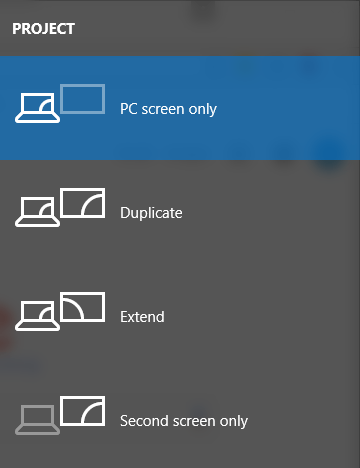
The differences between these four options are below:
- PC screen only — Only using the first monitor.
- Duplicate — Displaying the same content on both monitors.
- Extend — Using both monitors to display an extended desktop.
- Second screen only — Only using the second monitor.
Step 3: Configure your monitors on your computer
Basically, the steps above can have your dual monitors setup in Windows 10 done. But if you want to customize the way of displaying, right click on the desktop and select Display settings. A window will pop up.
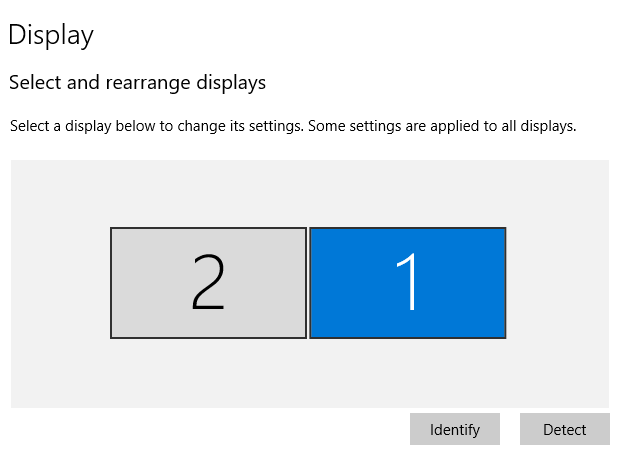
You can click and drag the numbered boxes to rearrange the display. The Identify button can show the number of the monitor.
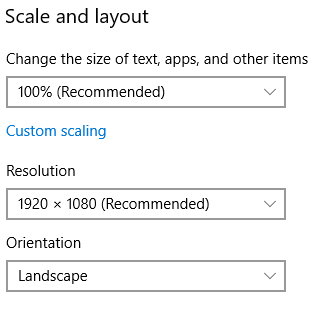
You can change the size of items and display resolution and orientation.
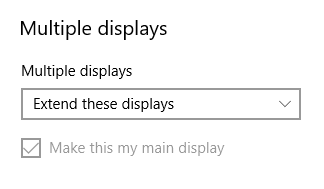
The display modes mentioned above can also be changed here in Multiple displays.
*Sometimes a second monitor cannot be correctly detected by your computer. This can be caused by improper connection or defective monitor or cables. Ensure all the cables are correctly connected, and do some tests with an alternative monitor and another cable.
If it still does not work, the problem may be that your graphics card driver cannot properly support dual-monitor display. A driver update is necessary.
If you are not very clear about how to update your drivers, we recommend Driver Easy for you. Its free version can detect and download the outdated drivers on your computer.
With a click of the Scan Now button, Driver Easy will find the problematic devices of your computer.

Then click the update button next to them to download the drivers. After they are downloaded, you can install these drivers manually.
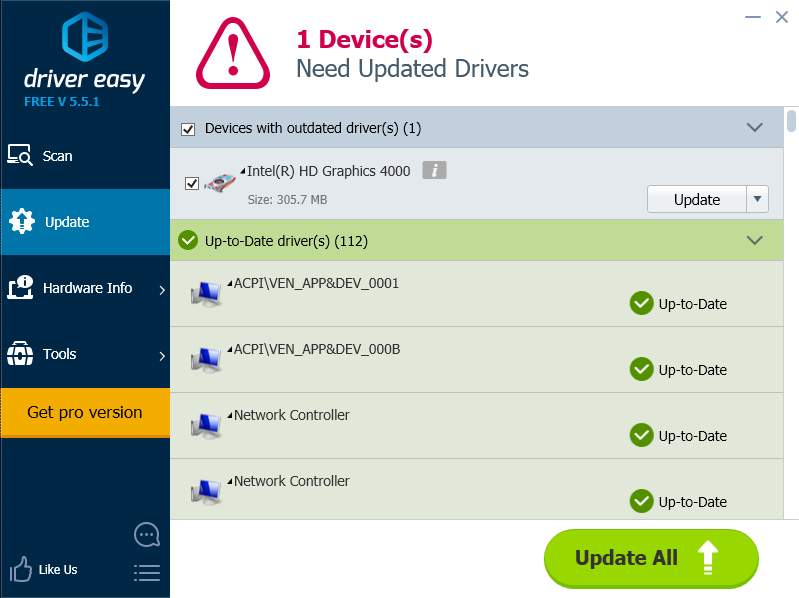
If you upgrade to the Pro version, Driver Easy will do the whole update process quickly and automatically. The powerful Pro version can not only save your time but also keep the annoying driver issues away from you FOR GOOD!





